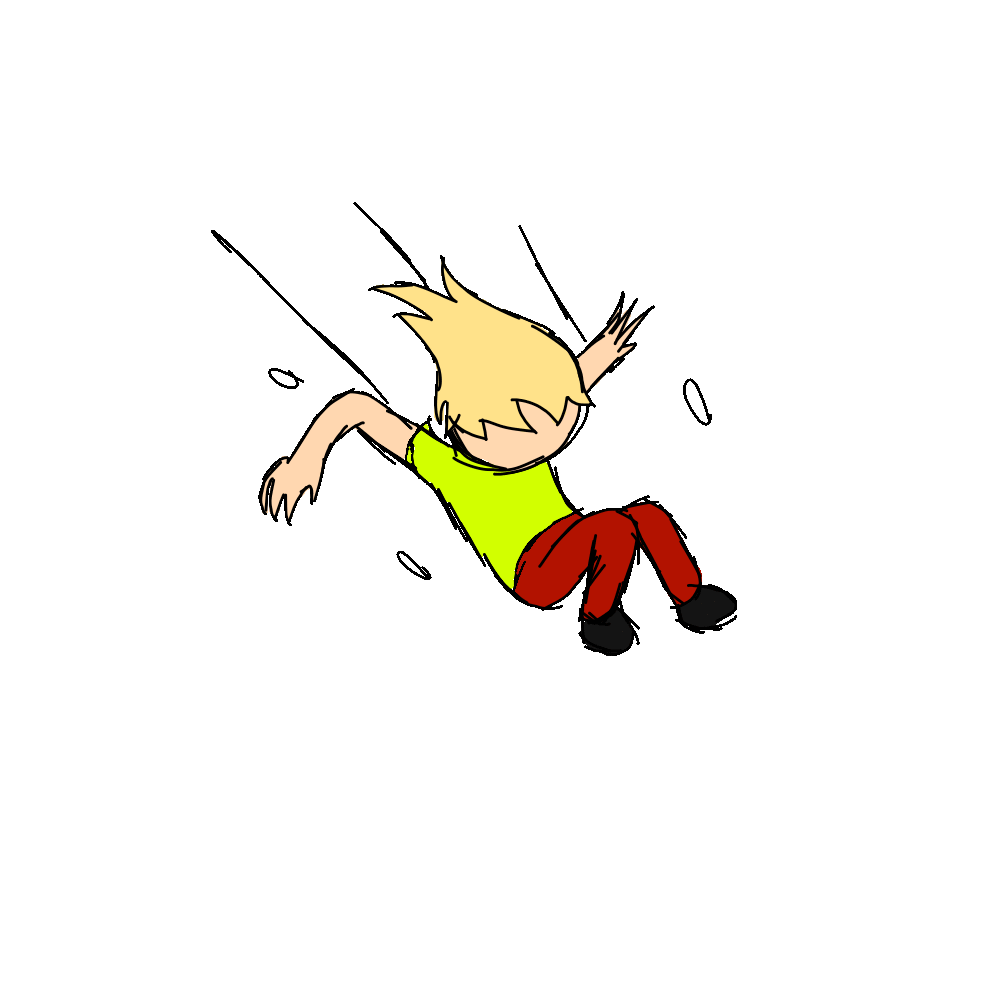OW! That hurt!
A Beginning Reading Lesson
Tongue Tickler: “How the cow went wow in the town!”
Rationale:
This lesson teaches children about the long vowel correspondence ow = /ow/. In order to be able to read, children must learn to recognize the spellings that map word pronunciations. In this lesson children will learn to recognize, spell, and read words containing the spelling ow. They will learn a meaningful representation (Ow! That hurt!) they will spell and read words containing this spelling in a letterbox lesson, and read a decodable book that focuses on the correspondence ow = /ow/.
Materials:
Graphic image of disturbed girl; cover-up critter; whiteboard or smartboard Elkonin boxes for modeling and individual Elkonin letterboxes for each student; letter manipulatives for each child and magnetic or smartboard letters for teacher: e, c, o, k, n, t, o, p, w, s; list of spelling words on poster or whiteboard to read: bow, town, brown, howl, crowd, clown; decodable text The Clown Who Lost Her Smile and assignment worksheet.
Procedures:
1. Say: In order to become expert readers, we need to learn the code that tells us how to pronounce words. We have already learned to read short vowel words with o, like Rod, and today we are going to learn about the vowel correspondence o and w that is used to make ow say its name, /ow/. When I say /ow/ I think of a little child who fell down and got hurt and says, “Ow! That hurt! [show graphic image].
2. Say: Before we learn about the spelling of /ow/, we need to listen for it in some words. When I listen for /ow/ in words, I hear the combination of o and w say /ow/ and my lips start apart from each other and then come together while I close my mouth. [Make vocal gesture for /ow/.] I’ll show you first: plow. I heard ow say its name and I felt my lips come together while I closed my mouth [make a circle motion around resting mouth]. There is an ow in brow. Now I’m going to see if it’s in teeth. Hmm, I didn’t hear ow say its name and my lips didn’t come together to a resting position. Now you try. If you hear /ow/ say, “Ow, that hurt.” If you don’t hear /ow/ say, “That’s not it.” Is it in town, fast, nose, lips, pants? [Have children make a circle motion around their resting lips/mouth when they feel /ow/ say its name.] Ow?
3. What if I want to spell the word Brown? “The child’s favorite color is brown.” To spell brown in letterboxes, first I need to know how many phonemes are in the word so I stretch it out and count: /b//r//ow//n/. I need 4 boxes. I heard that /ow/ just after the /r/ so I’m going to put ow in the 3rd box. The word starts with /b/, so I need a b. Now it gets a little tricky so I’m going to say it slowly, /b//r//ow//n/. I think I heard /r/ so I’ll put a l right after the b. Point to letters in boxes when stretching out the word: /b//r//ow//n/.
4. Say: Now I’m going to have you spell some words in letterboxes. You’ll start out easy with two boxes for bow. Bow is when someone finishes a performance and bows. “Don’t forget to bow at the end of the show.” What should go in the first box? [Respond to children’s answers]. What goes in the second box? What about the combination of ow, did you remember to put it in the same box? I’ll check your spelling while I walk around the room. [Observe progress.] You’ll need three letterboxes for the next word. Listen for the beginning sound that goes in the first box. Then listen for /ow/ and don’t forget to put ow in the same box. Here’s the word: town, the town I live in is very big; town. [Allow children to spell remaining words, giving sentences for each word: howl, clown.]
5. Say: Now I am going to let you read the words you’ve spelled. [Show the words bow, town, brown, howl, crowd, clown, the extra words frown and prowl, and the pseudoword chowt. Have children read words in unison. Afterwards, call on individuals to read one word on the list until everyone has had a turn.]
6. Say: You’ve done a great job and reading words with our new spelling for /ow/: ow. Now we are going to read a book called The Clown Who Lost Her Smile. Book talk: This is a story about a clown who lost her smile in a town where it’s bad luck for this to happen! The clown gets help from others to find her smile. Let’s pair up and take turns reading The Clown Who Lost Her Smile to find out how the clown finds her smile. [Children pair up and take turns reading alternate pages each while teacher walks around the room monitoring progress. After individual paired reading, the class rereads The Clown Who Lost Her Smile chorally, stopping between page turns to discuss the story.]
7. Say: Before we finish up with our lesson about one way to spell /ow/ = ow, I want to see how you can solve a reading problem. On this worksheet, we have some words missing. Your job is to look at the pictures, and decide which word fits best to make sense of the picture. Reread your answers to see if they make sense. [Collect worksheets to evaluate individual child progress.]
Resources:
Murray, G. (2004) Jakes Joke. Reading Genie: http://www.auburn.edu/academic/education/reading_genie/bookindex.html
“The Clown Who Lost Her Smile”: https://www.readinga-z.com/book/decodable.php?id=64
Assessment worksheet: https://www.superteacherworksheets.com/word-families/ow-words-missing-letters.pdf?up=1525935967
Ouch That Hurt! Catherine Wiley (https://sites.google.com/prod/view/catherinewileylessons/beginning-reading)
Click HERE to return to the Developments Index
